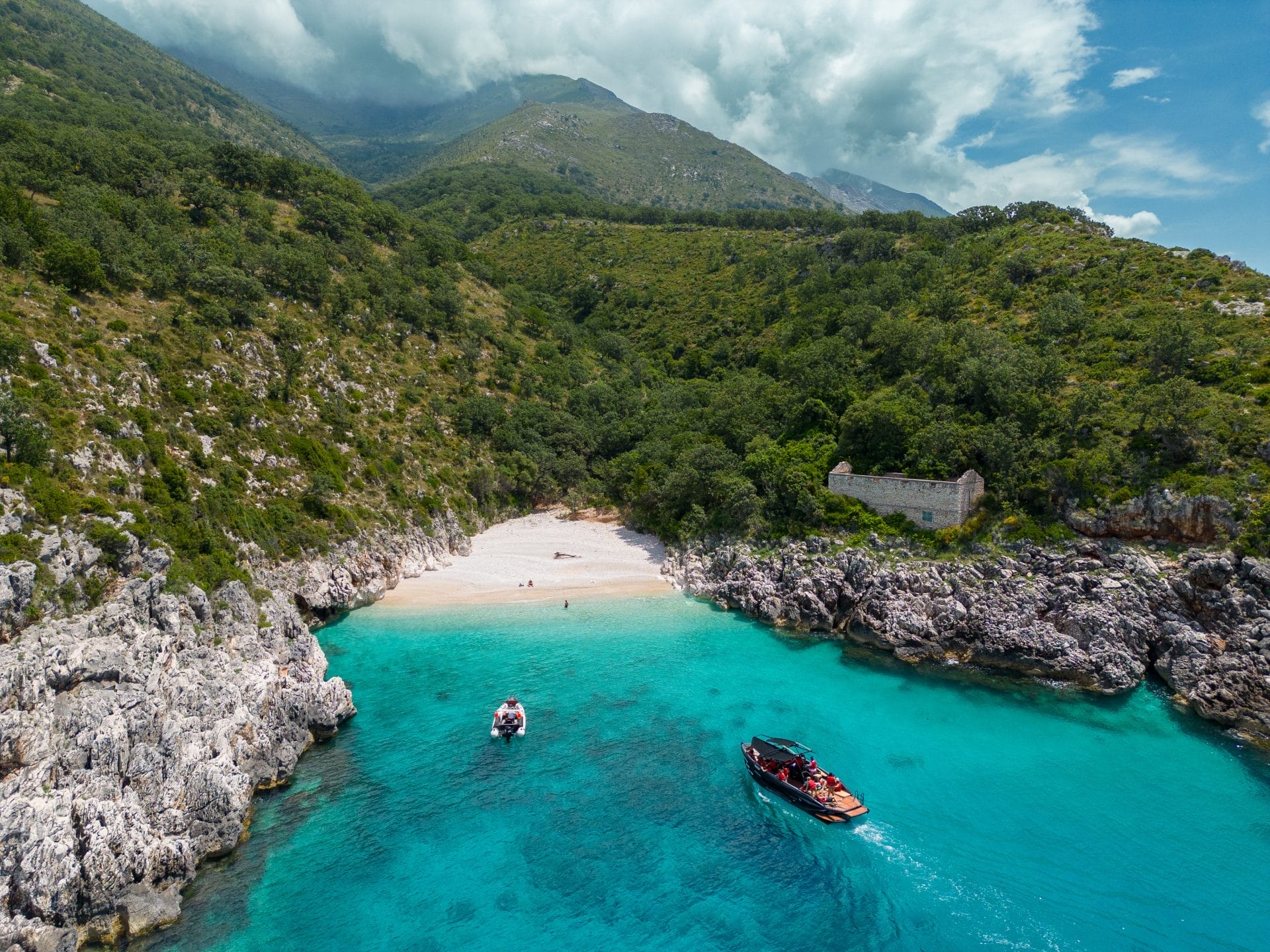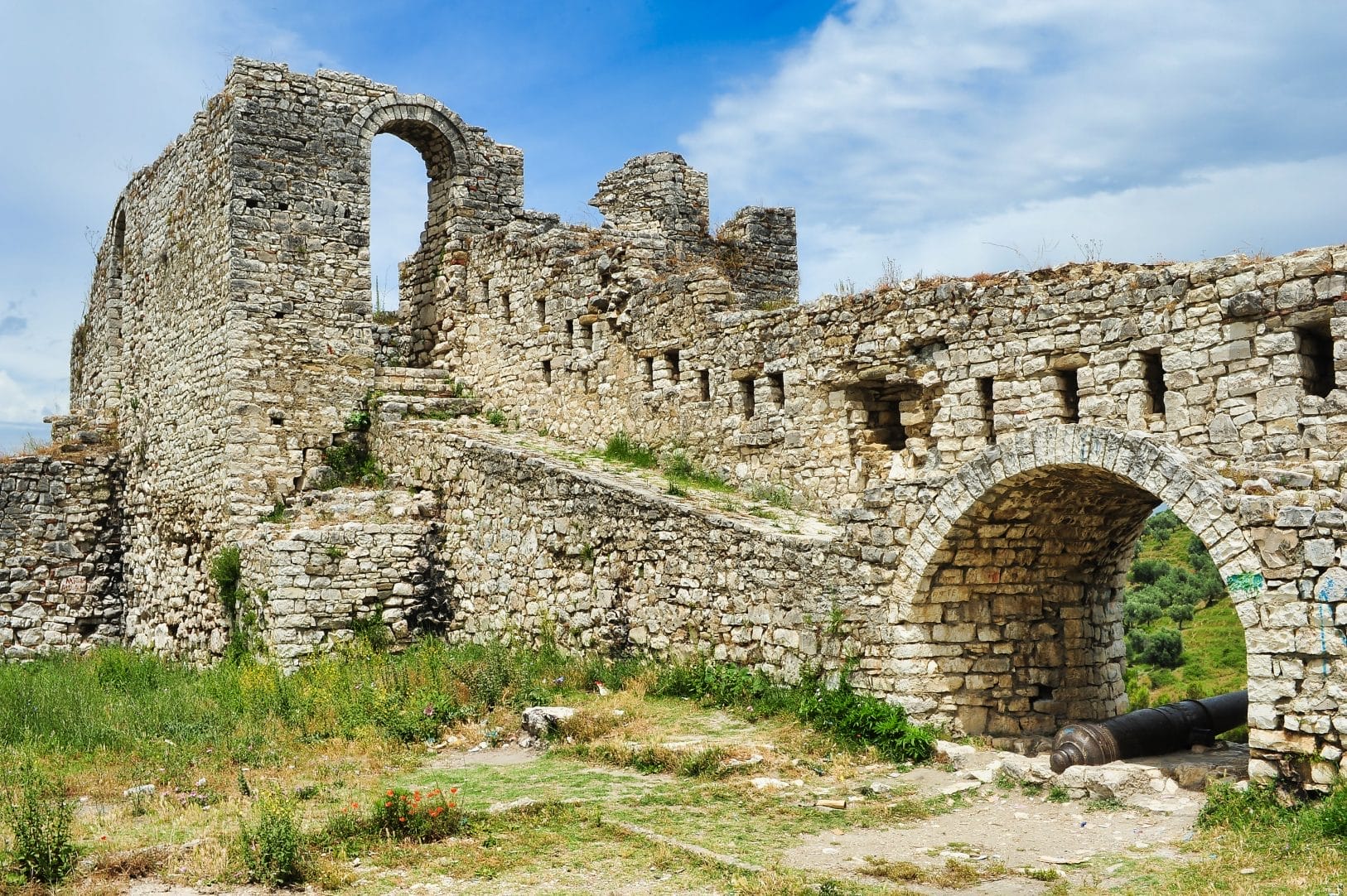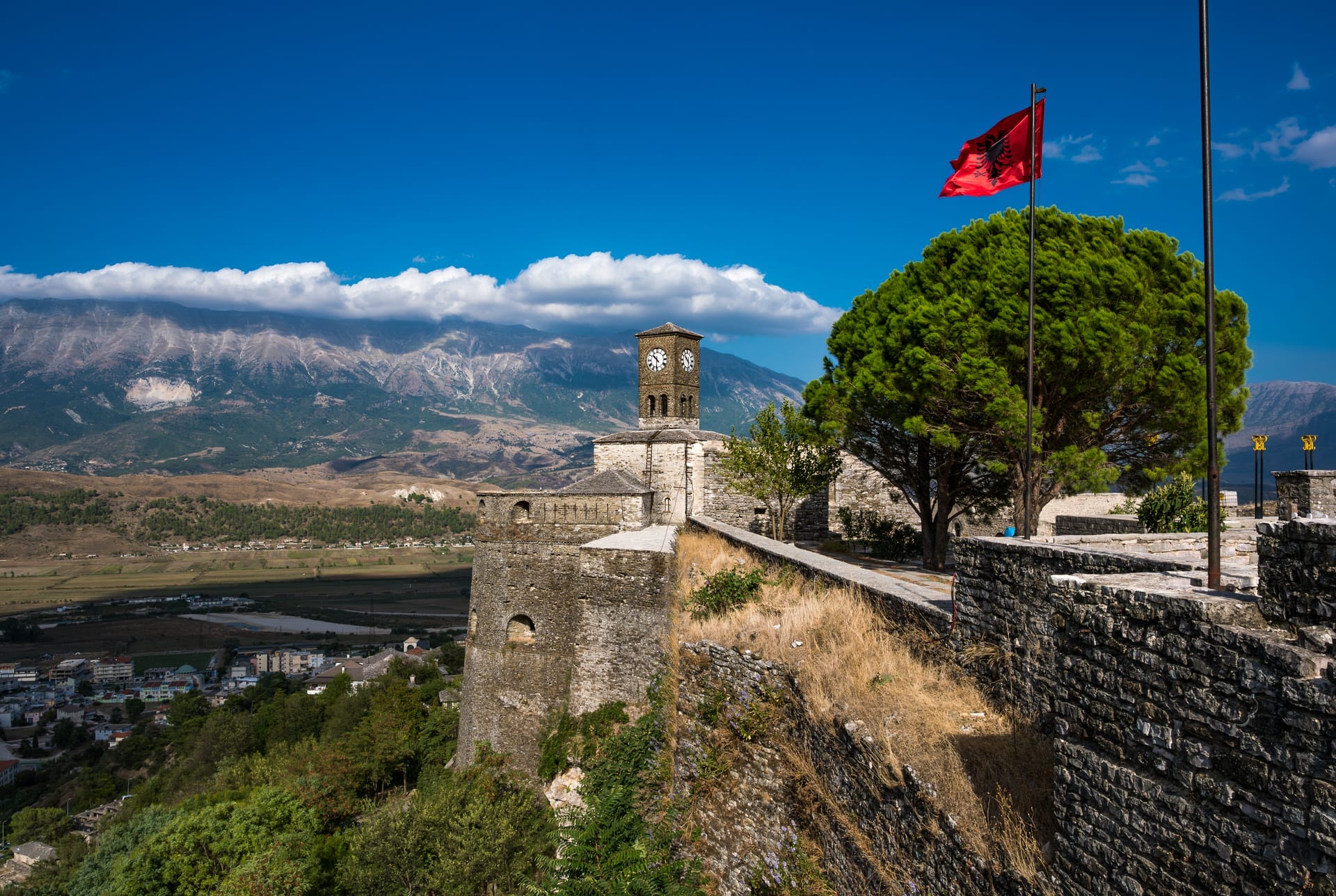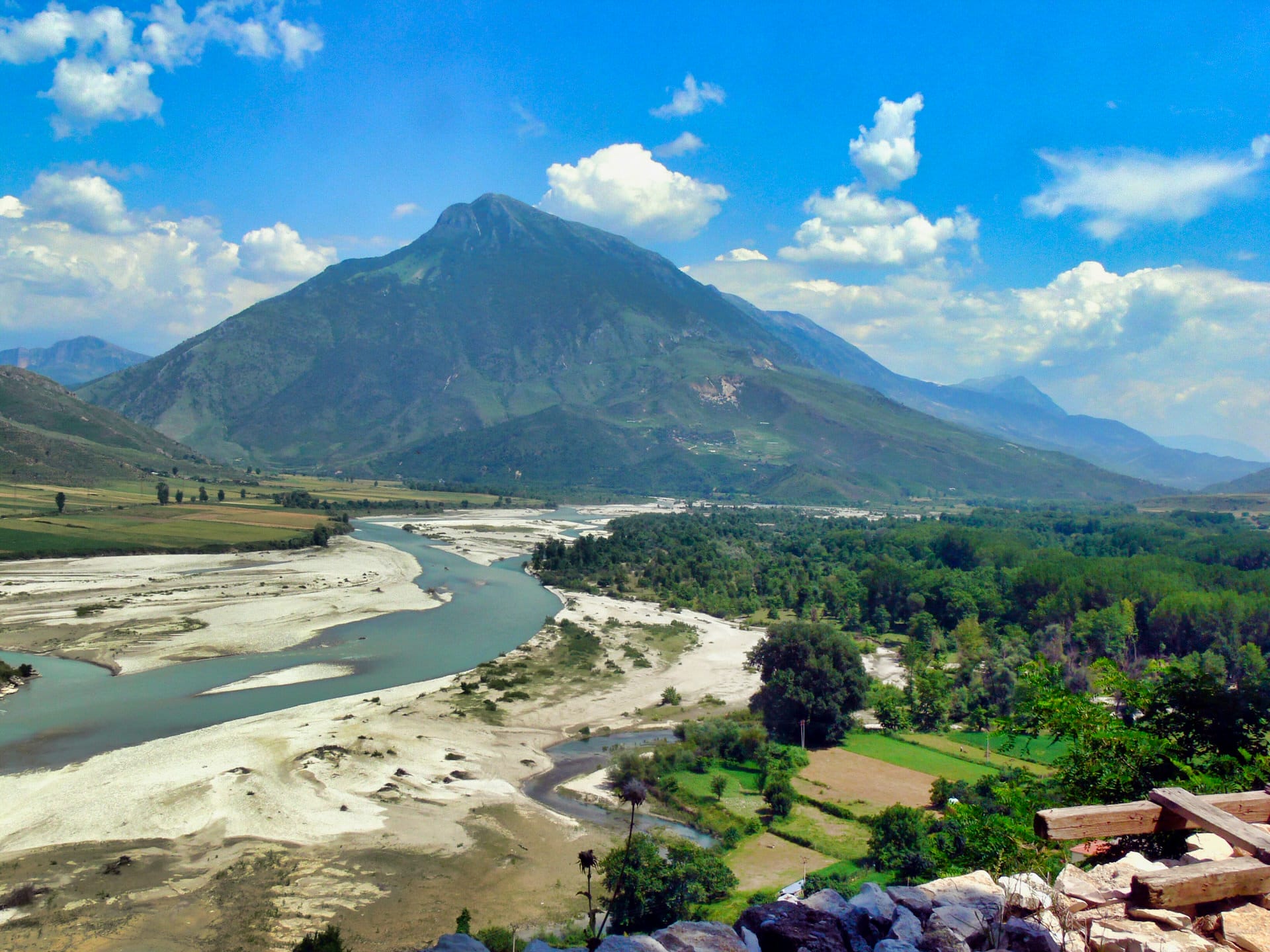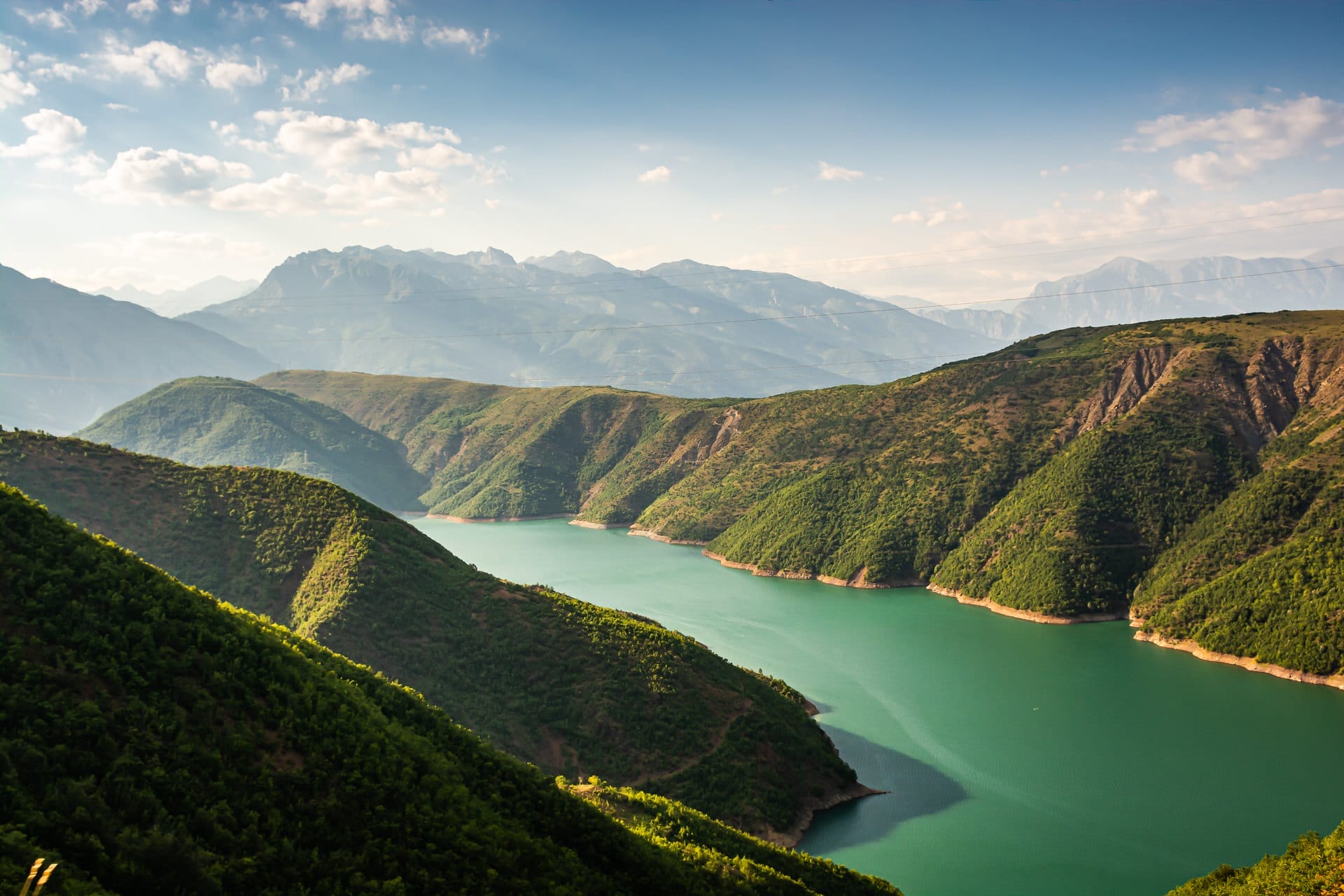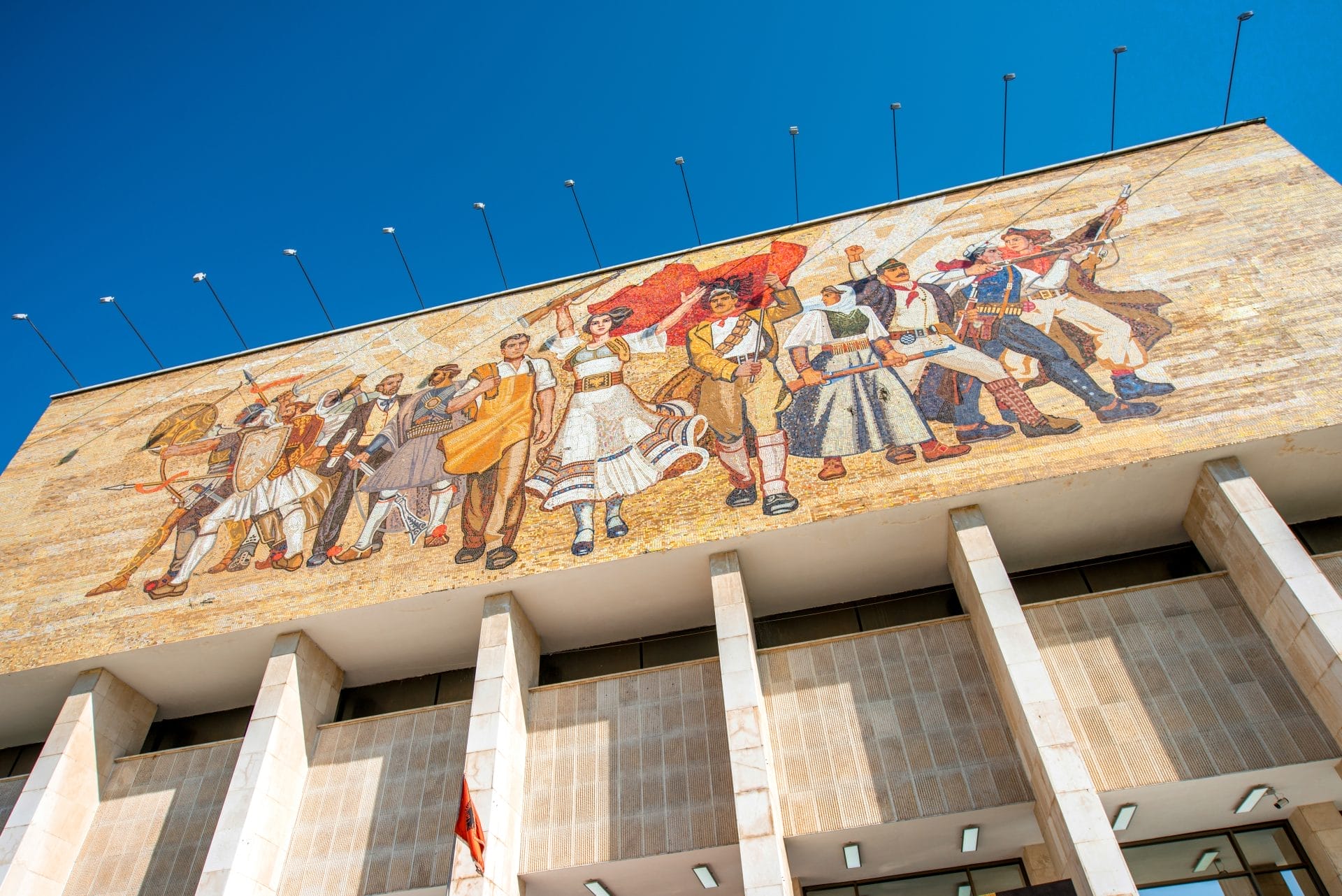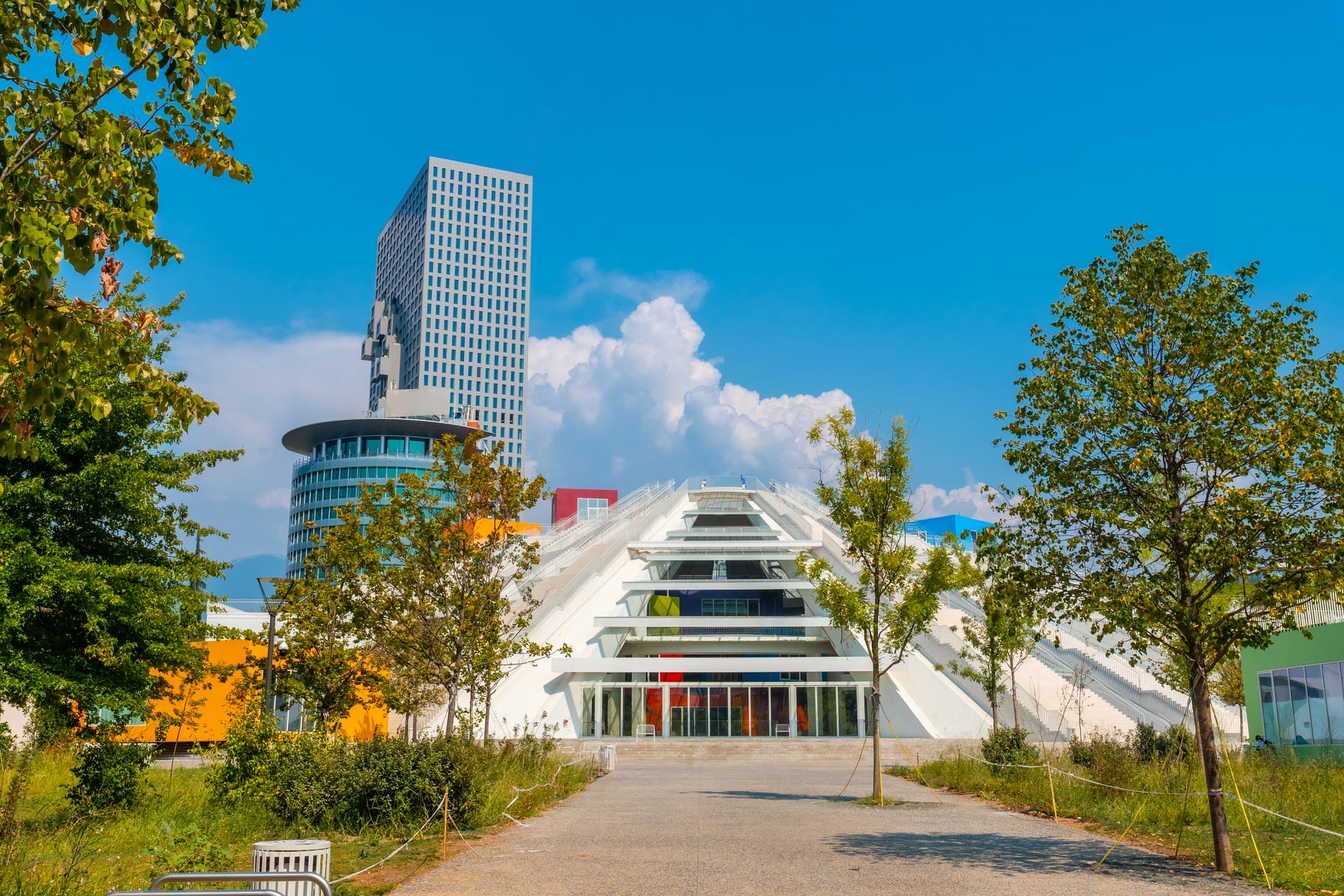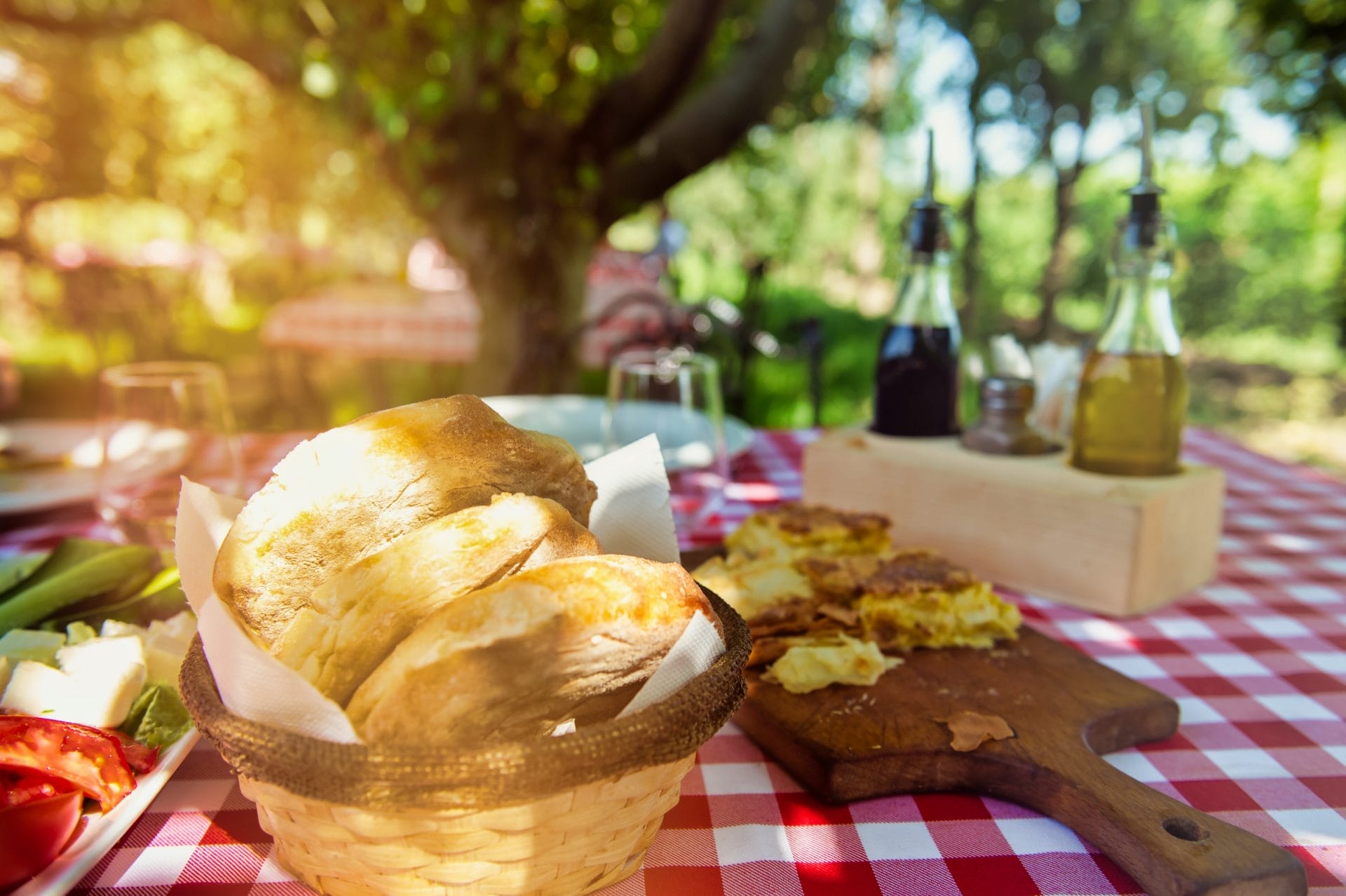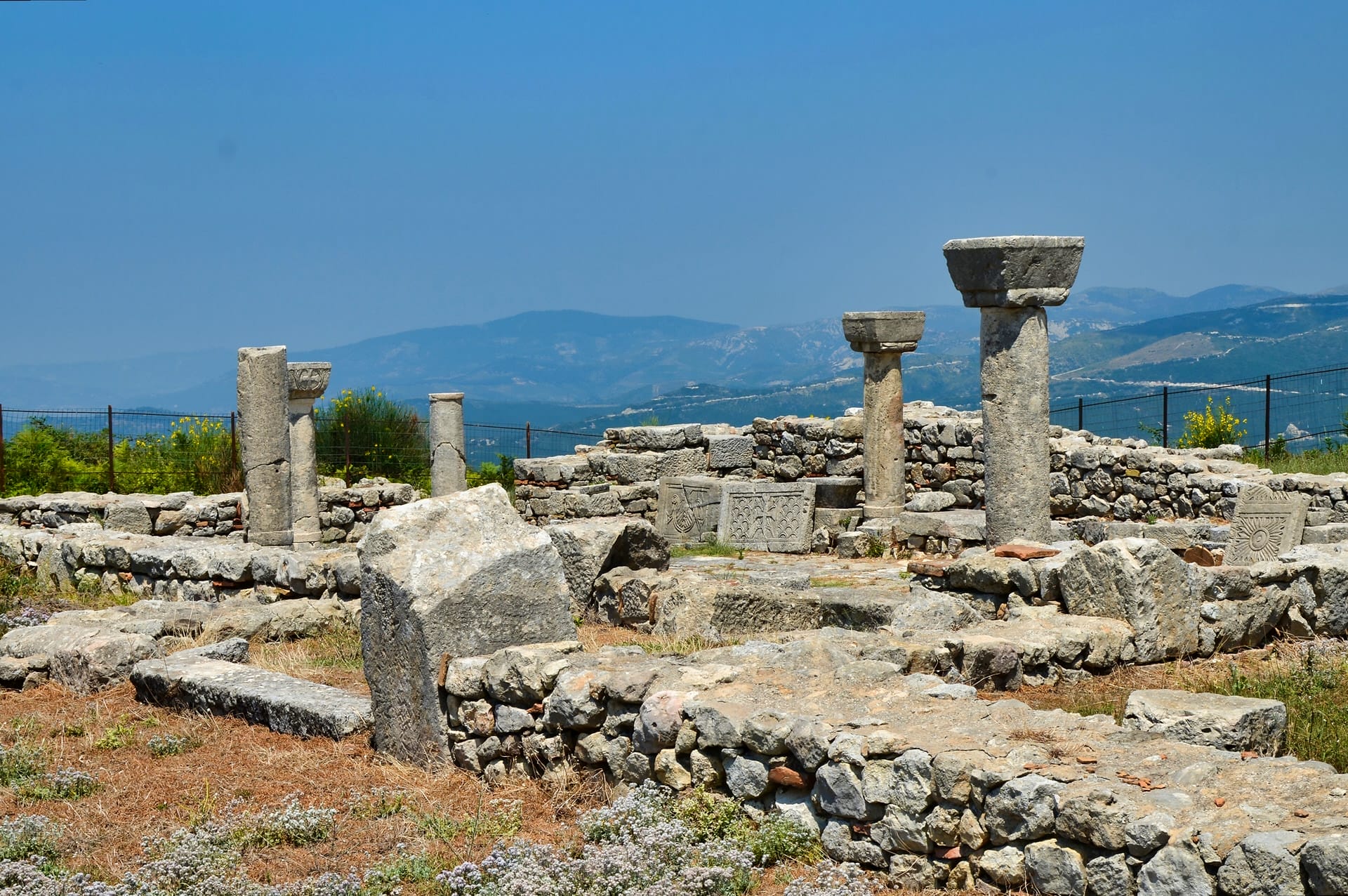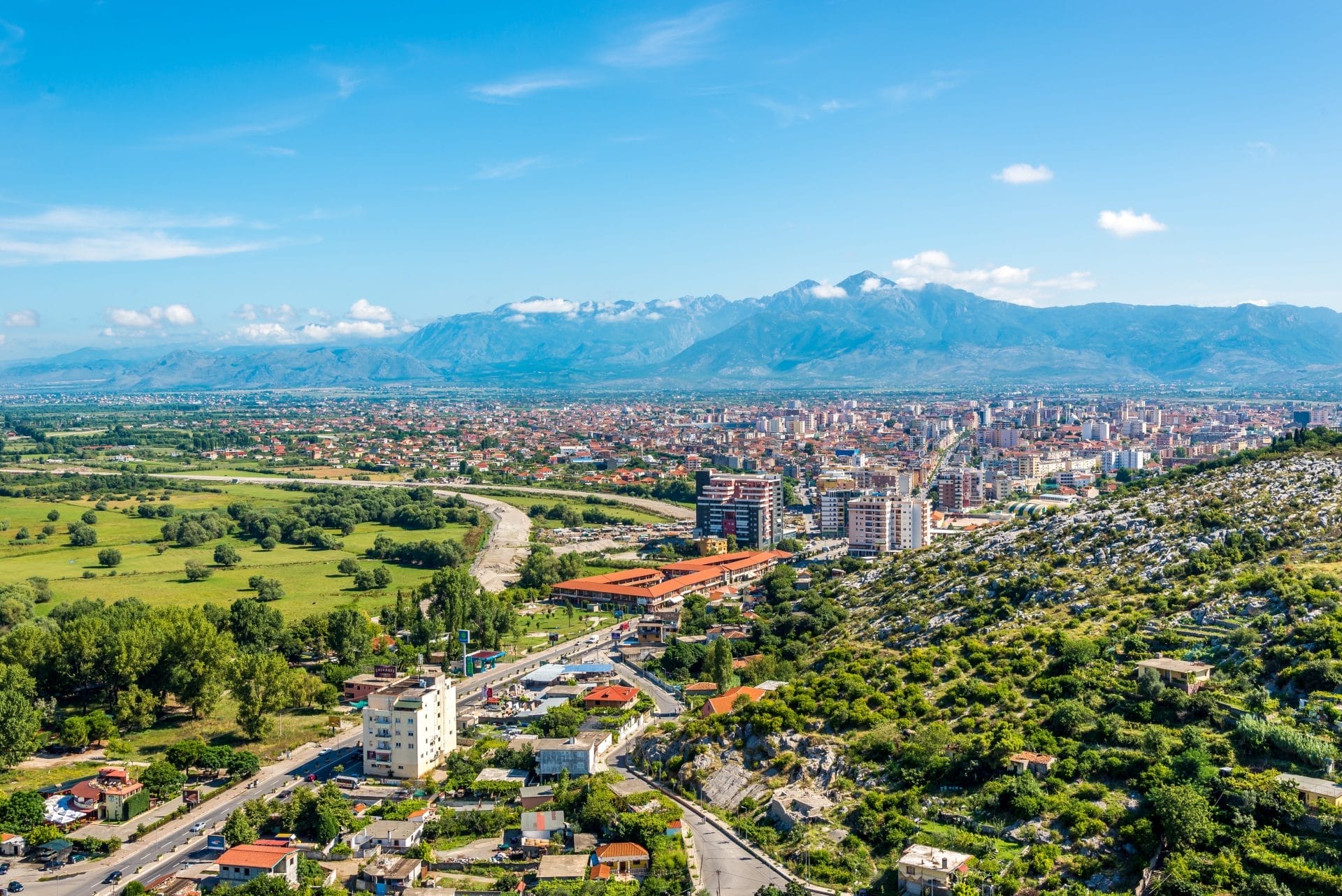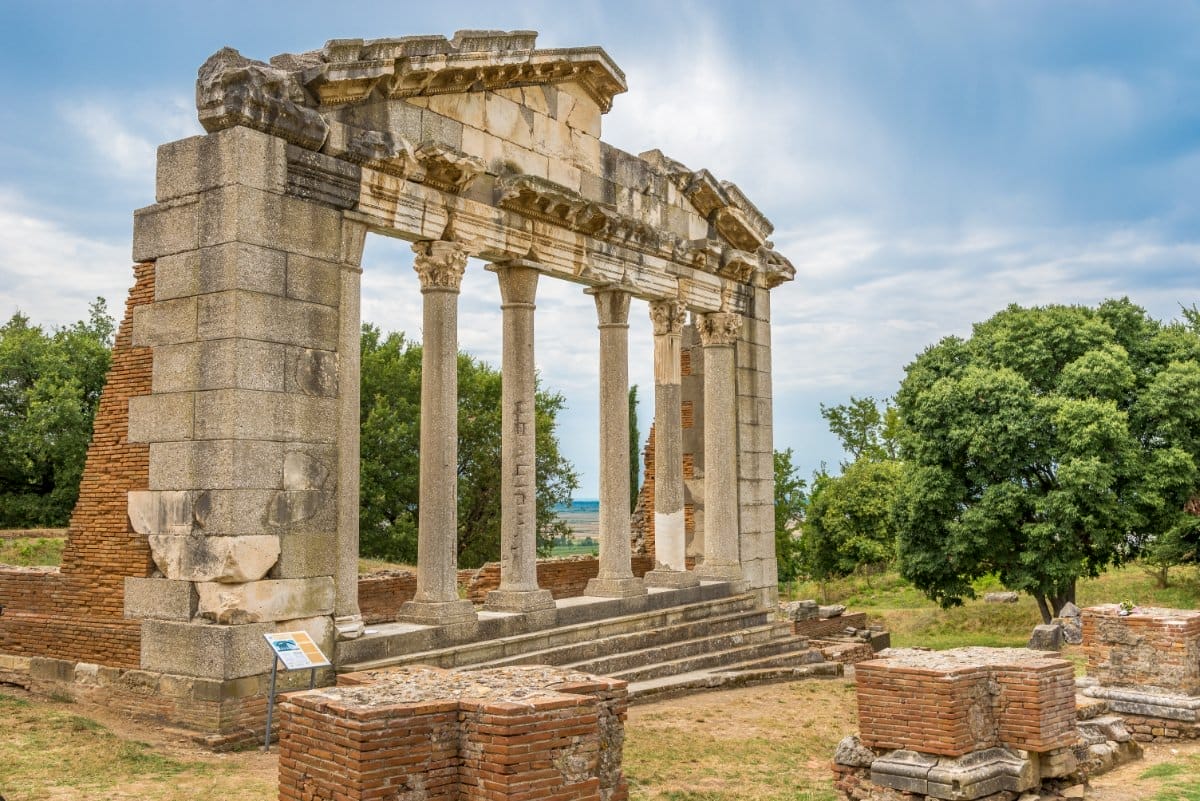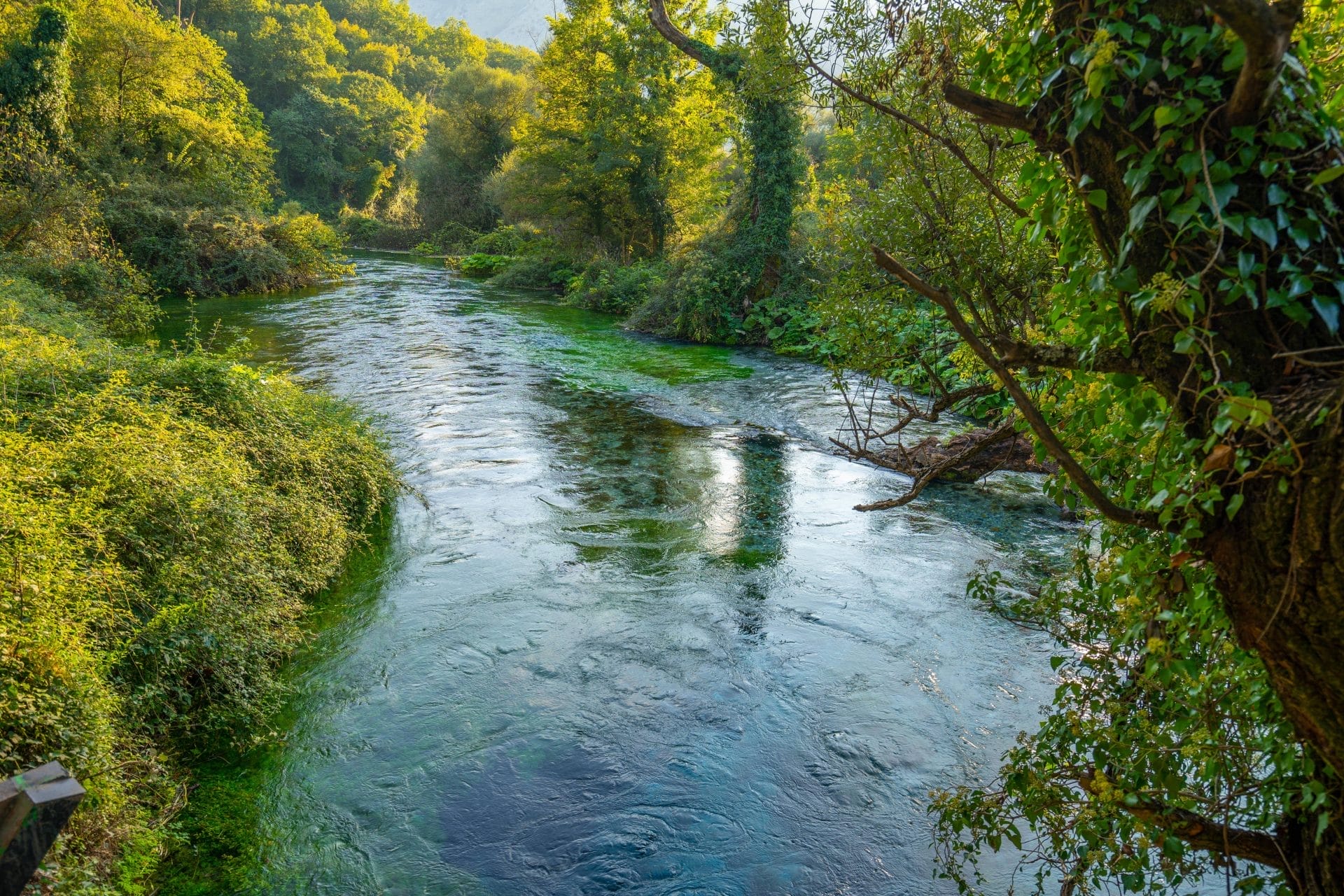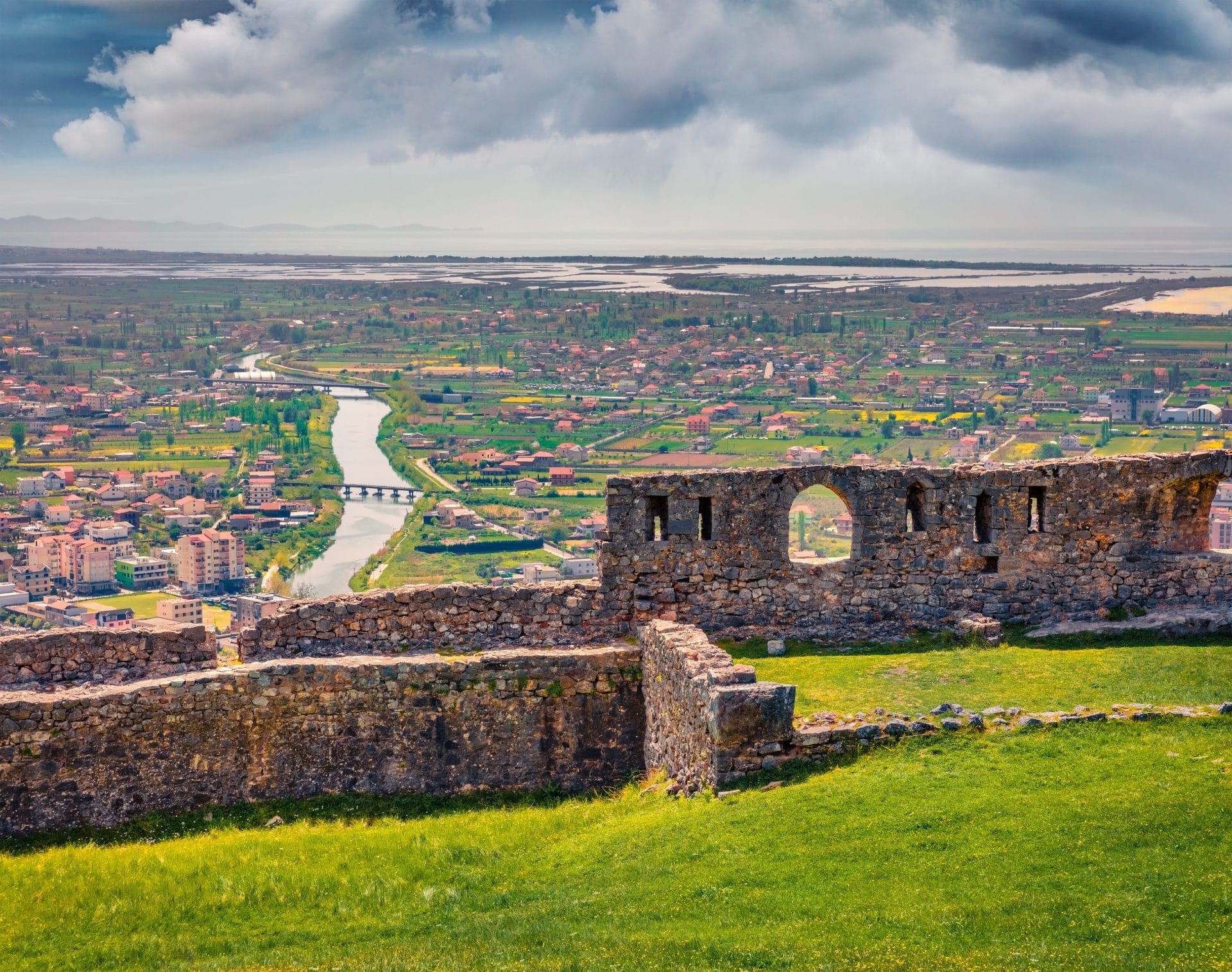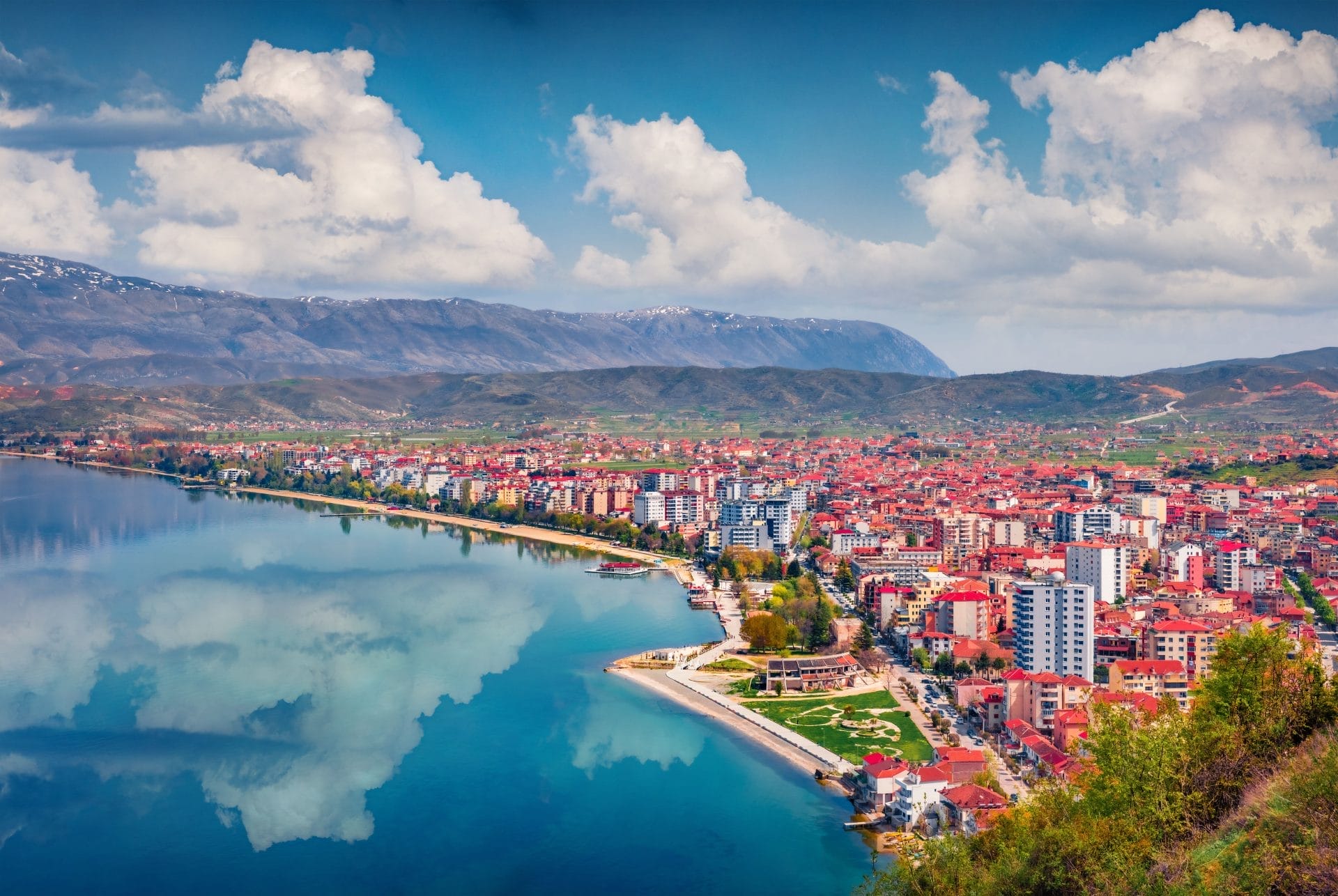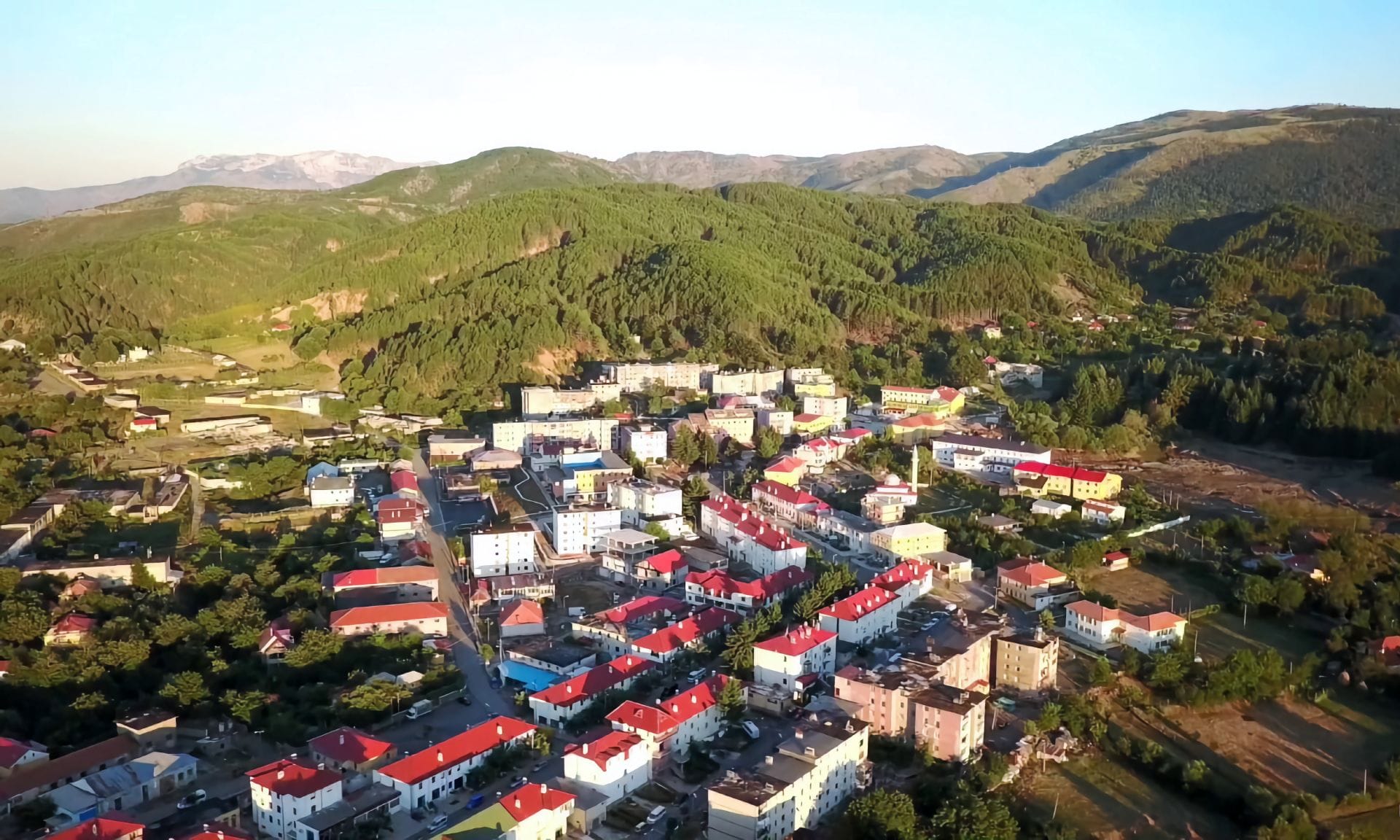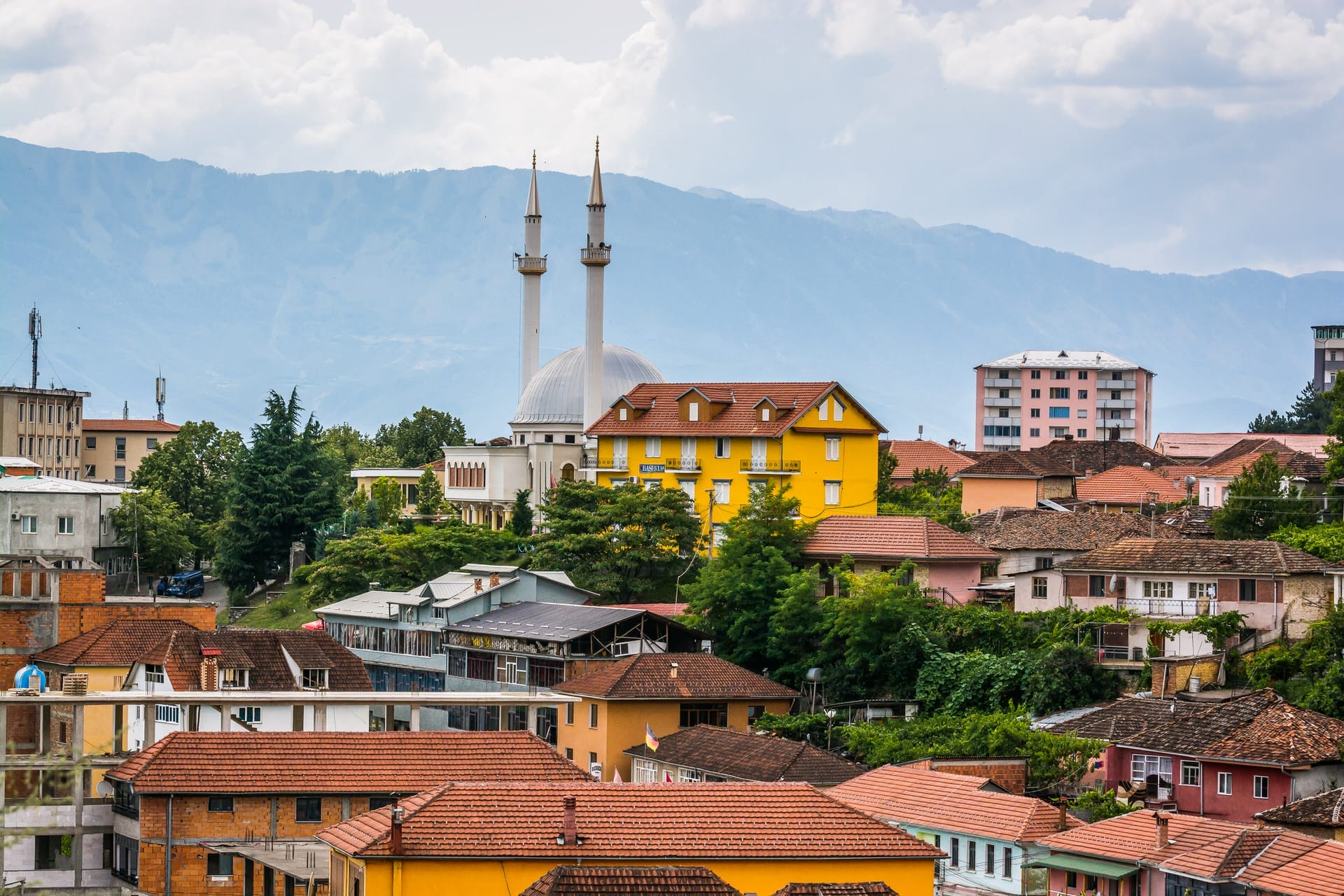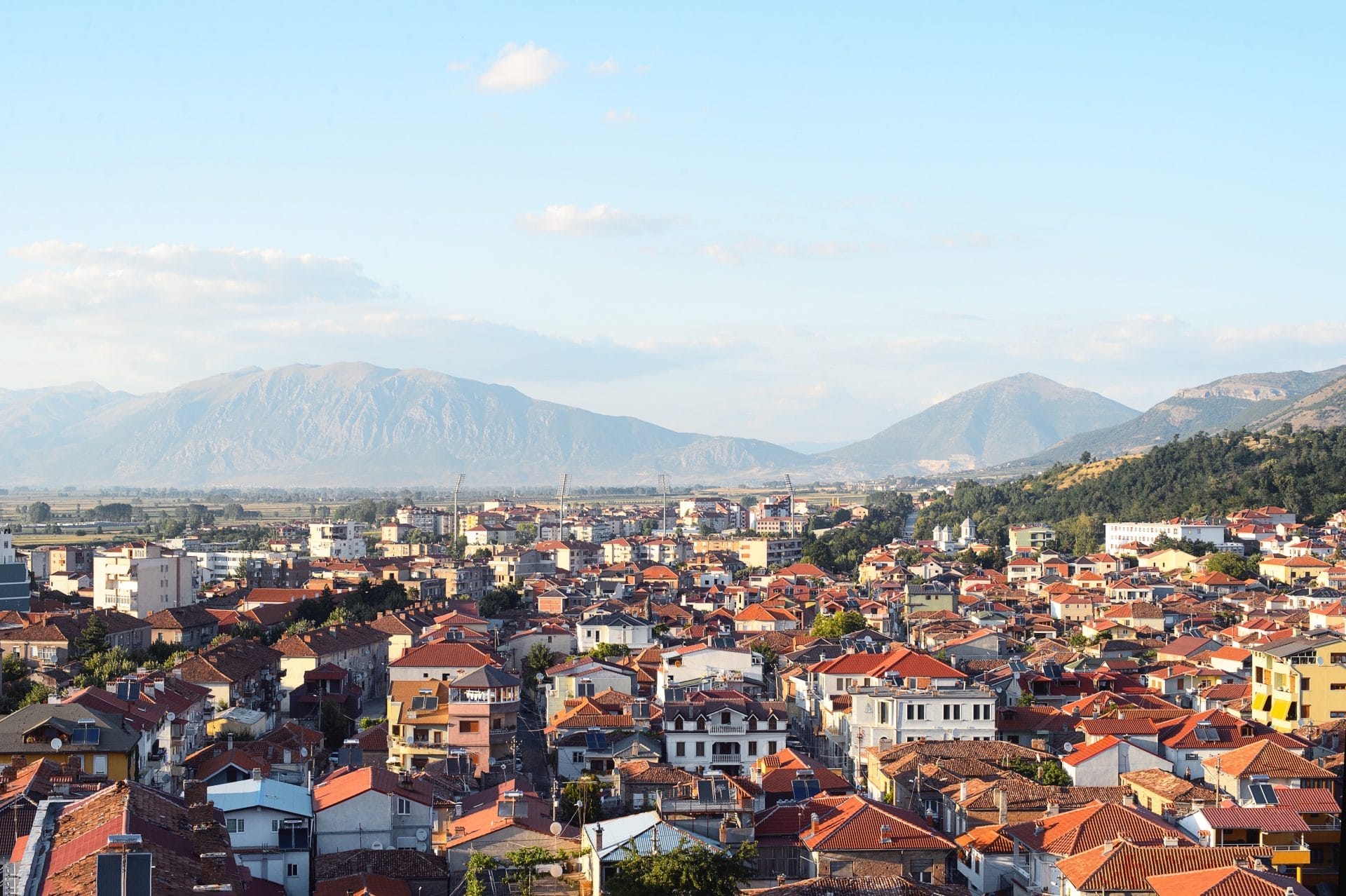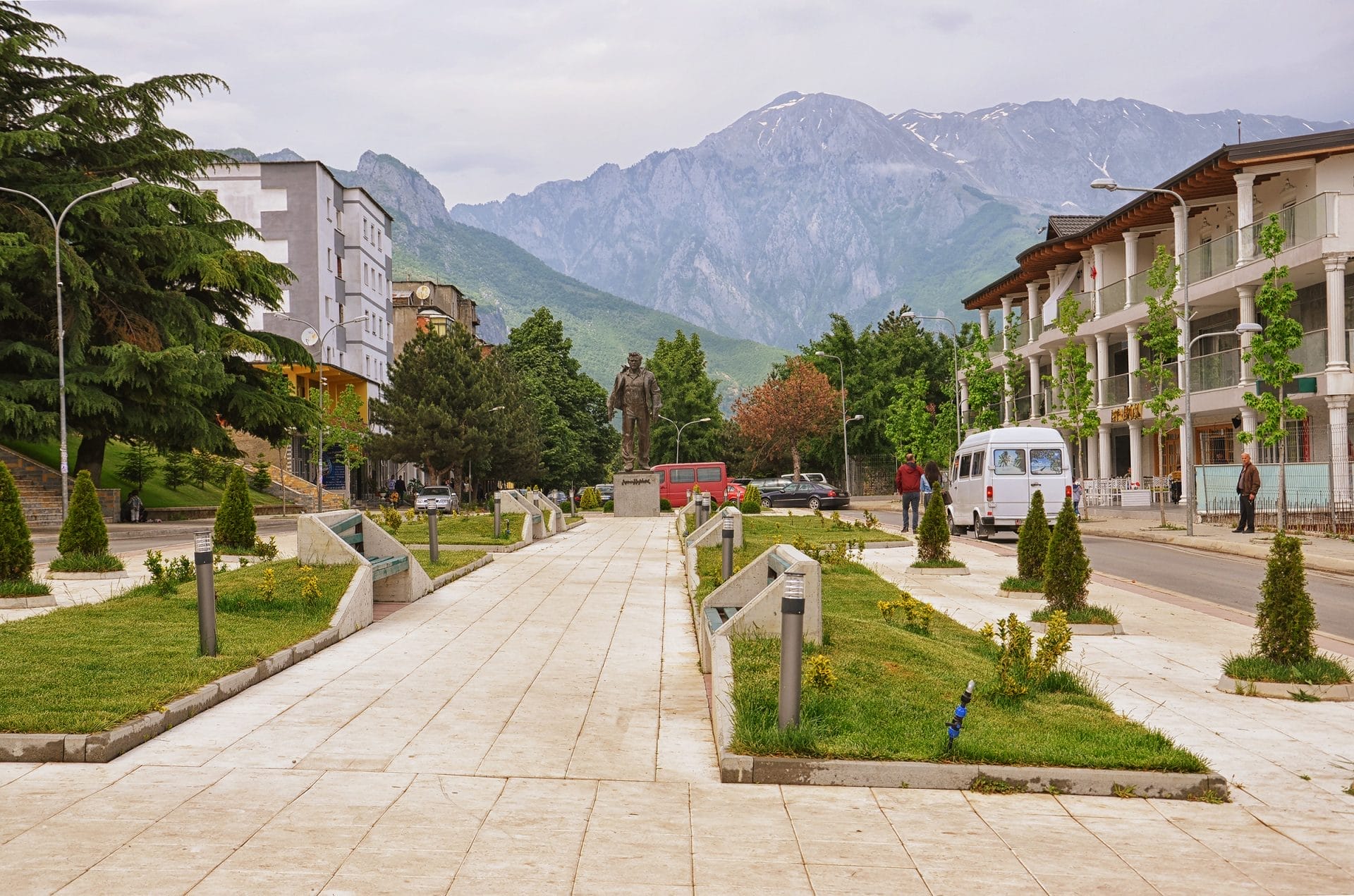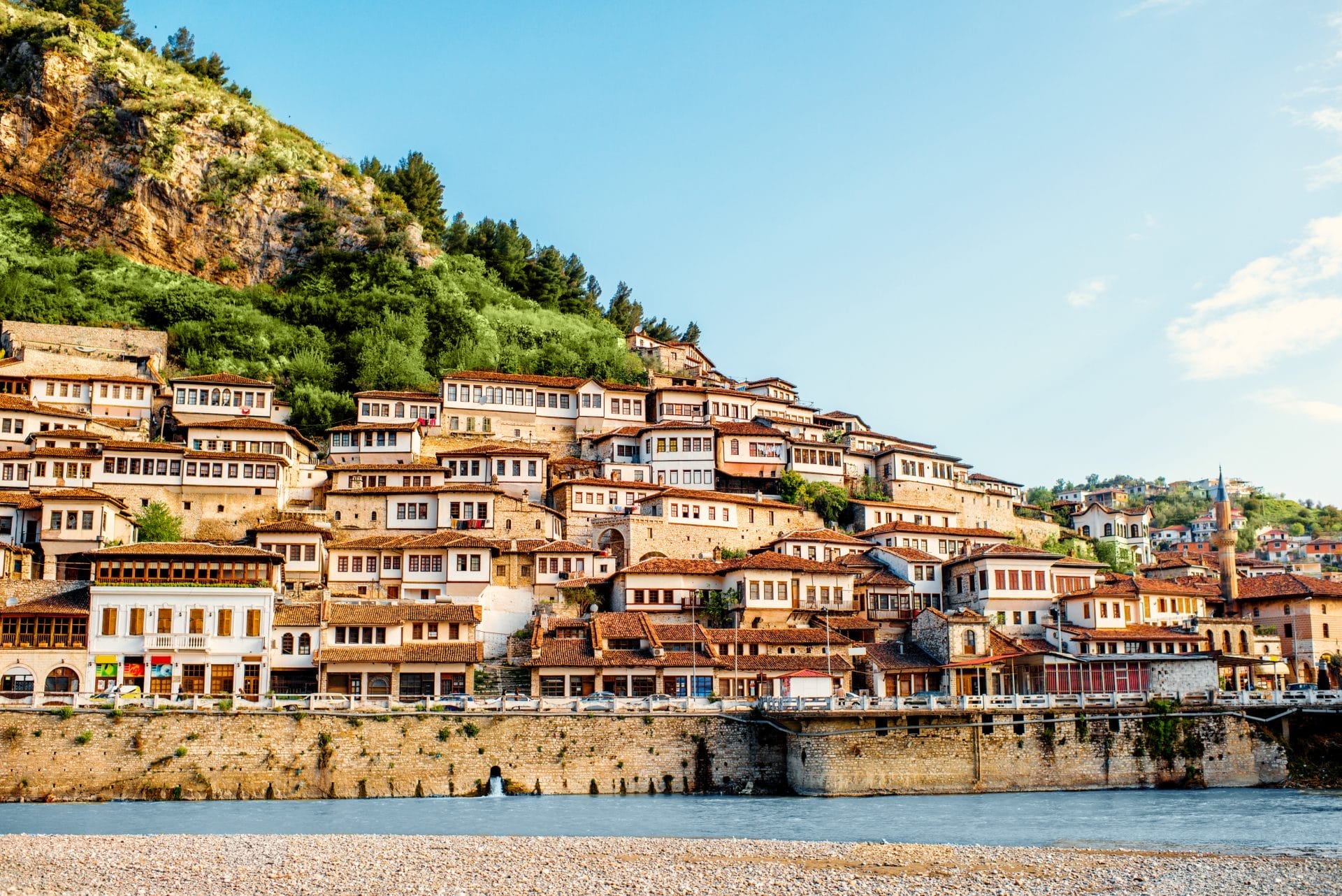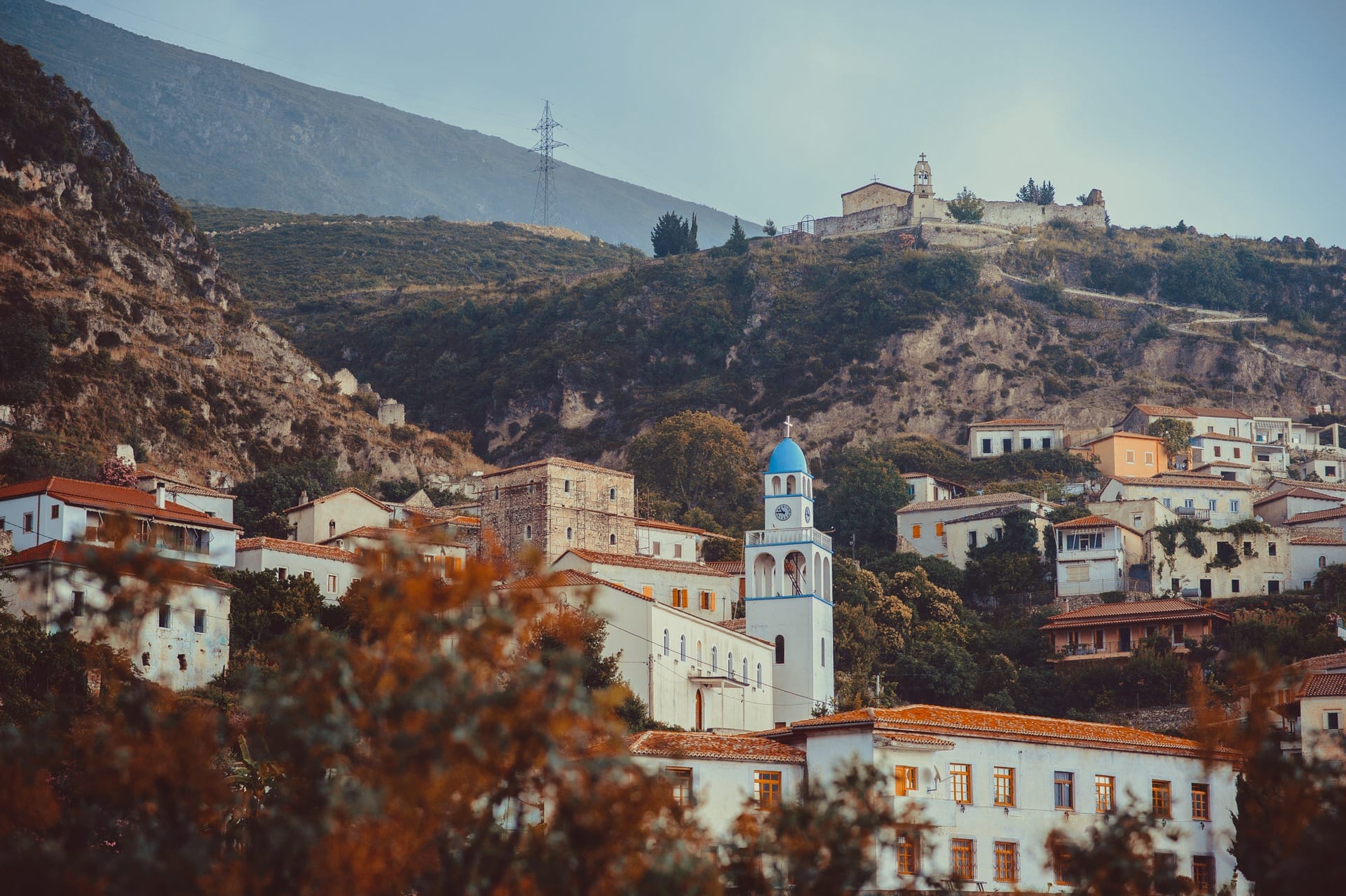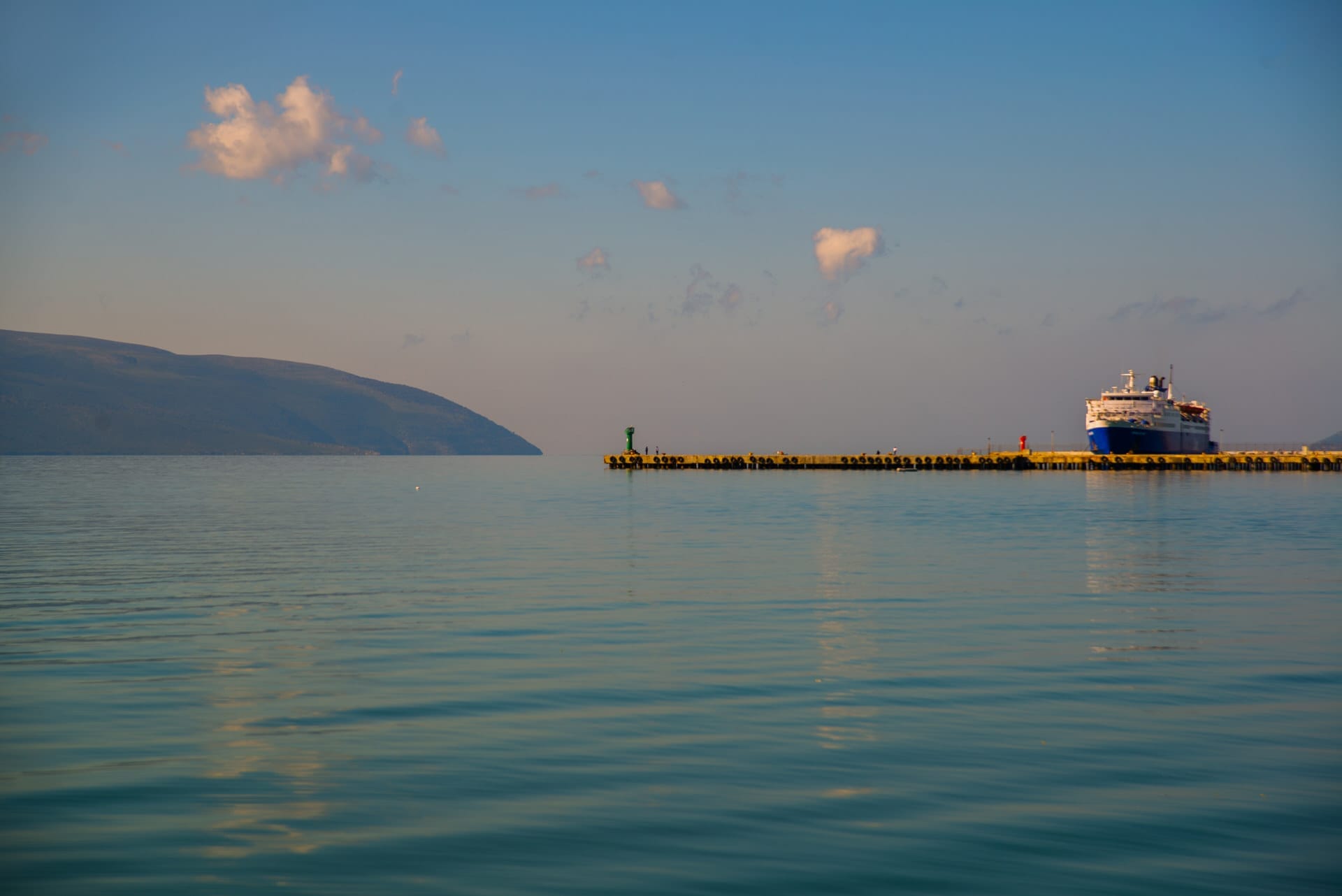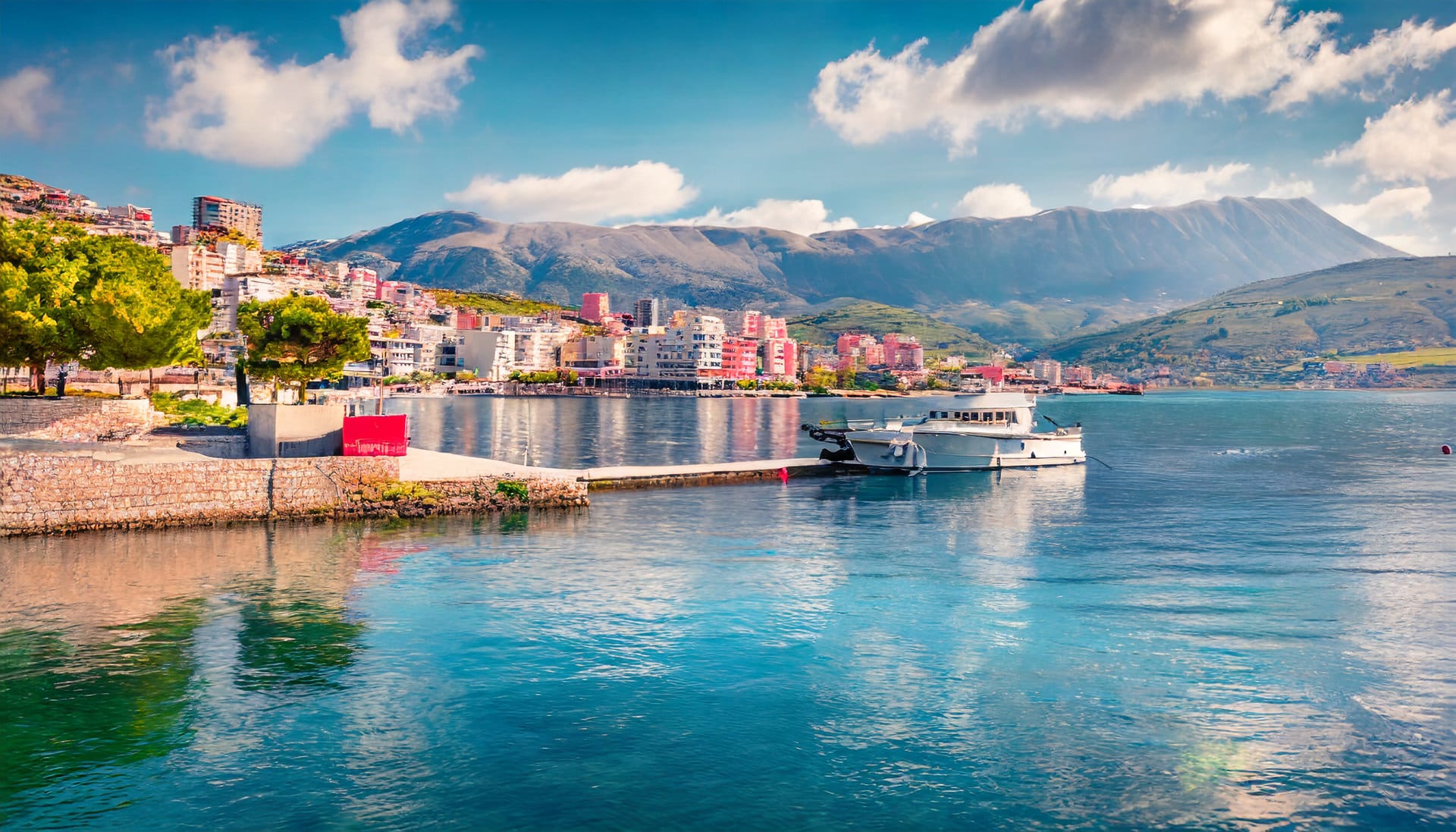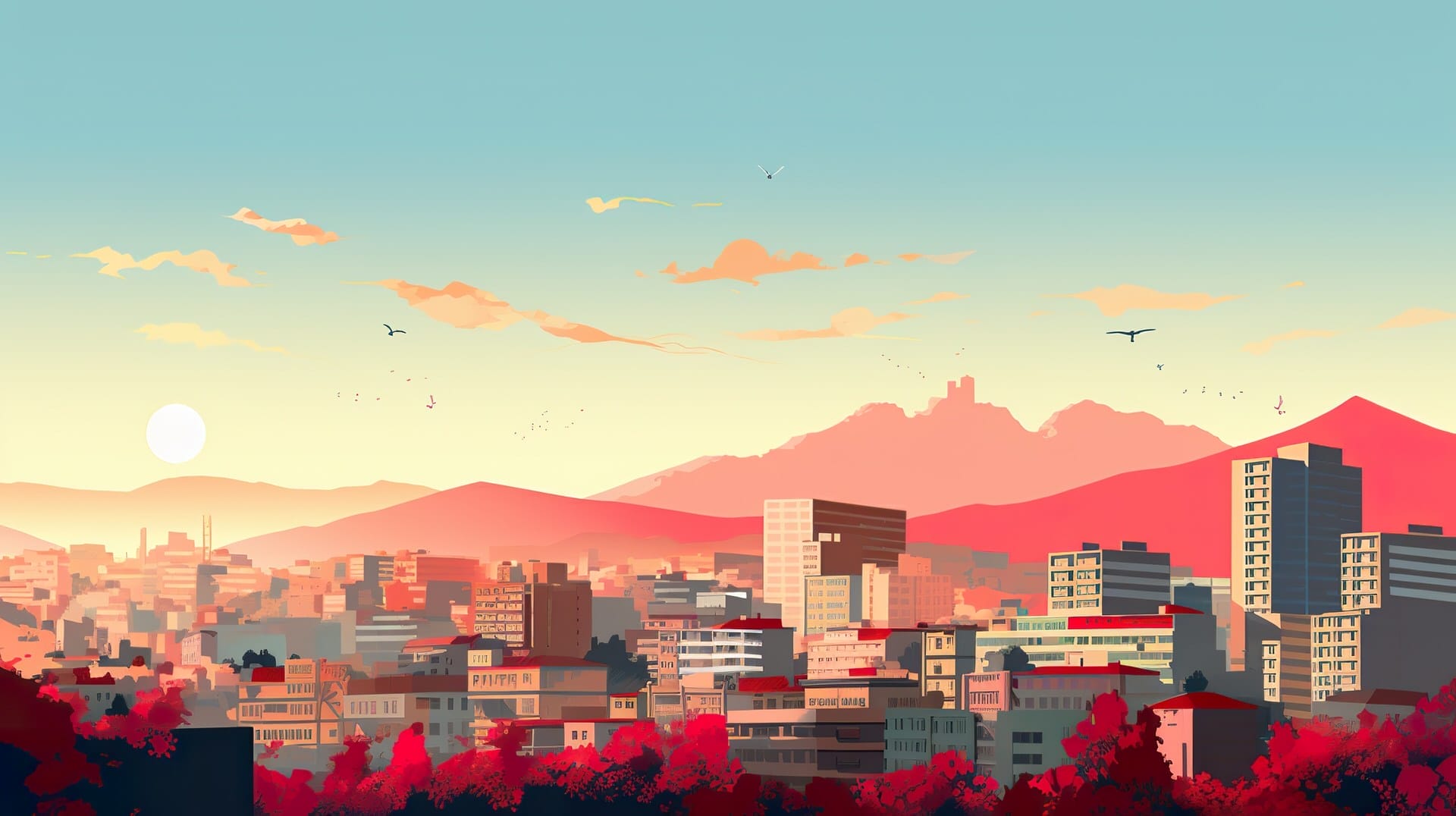
Why Visit
Lying amidst the brooding mountains of southern Albania, the historic town of Gjirokastër stands as a hidden gem that beckons intrepid travelers. With roots dating back to the 12th century, this UNESCO World Heritage Site unveils a medieval citadel, stunning vistas, Ottoman-era architecture, vibrant local traditions, and an emerging creative buzz.
Long overlooked on the tourist trail, Gjirokastër has undergone a quiet transformation – retaining its old-world allure while embracing fresh cultural dynamism. This scenically set town offers an authentic glimpse into Albania’s rich heritage.
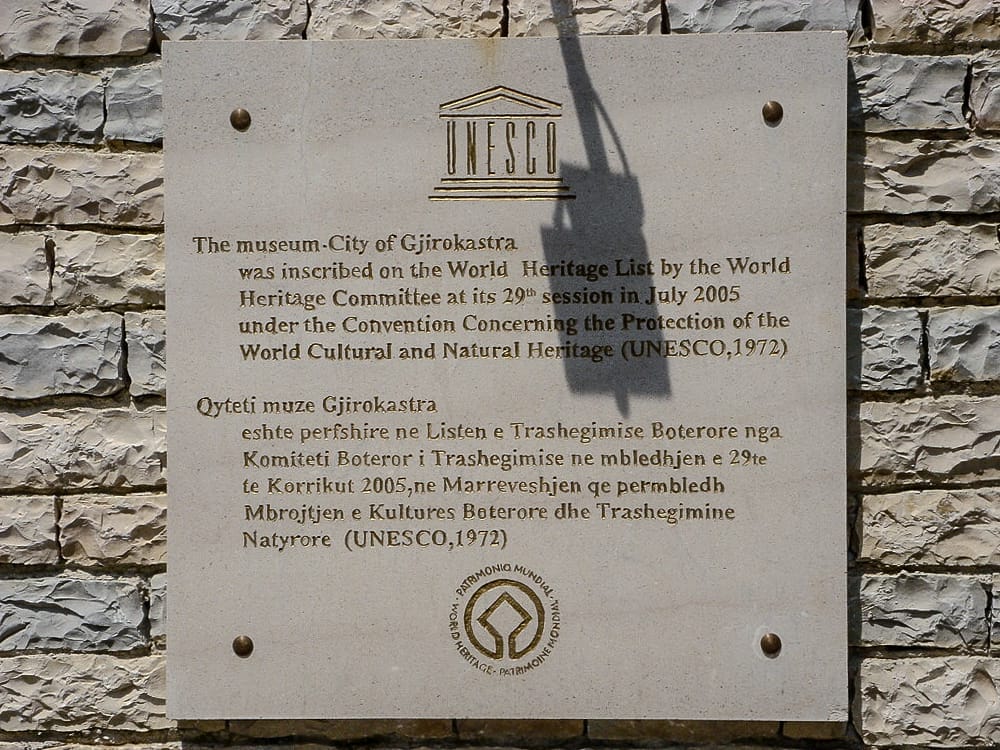
The Epic Gjirokastër Castle
Towering on a hilltop over town sits Gjirokastër Castle, one of the nation’s most impressive fortresses. Originating in the 12th century, the current grandiose structure took shape during expansions by Ottoman ruler Ali Pasha in the 1800s.
A journey through the castle reveals remnants spanning the epochs, from its medieval citadel remains and Ottoman palace quarters to more recent layers as a WWII siege site and Communist-era prison. The castle grounds also house illuminating museums covering weapons, local arts, photography, and ethnography.
Alongside the fascinating history, the fortress rewards visitors with sublime views over terra cotta rooftops dotted on the mountainside and valley stretches beyond. Its sublime setting makes the challenging uphill trek worthwhile.
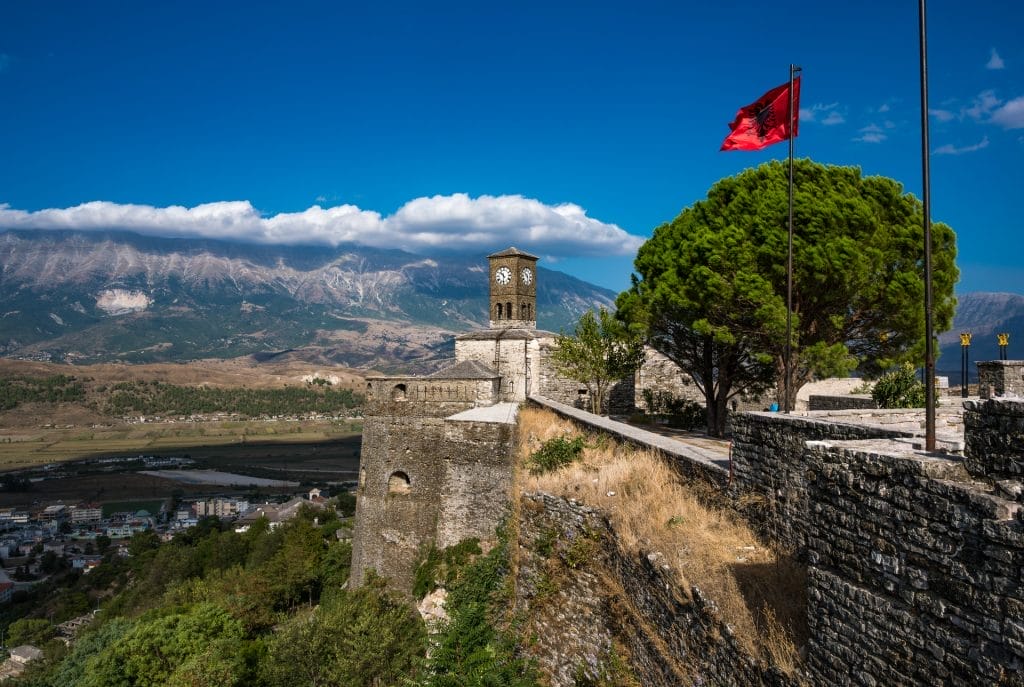
Immersing in Ottoman Heritage
Below the castle, Gjirokastër’s beautiful Ottoman-era Old Town immerses visitors in 18th and 19th architecture and ambiance. The houses feature the town’s signature style – gray stone construction with turreted roofs covered in vivid red Turkish tiles.
Winding cobblestoned alleyways thread between these historic dwellings, revealing surprises like the distinctive Zekate houses with their wooden overhanging balconies. Gjirokastër is also filled with handicraft shops specializing in woodcarving, filigree silver jewelry, antiques, and traditional attire.
This remarkably intact old town earned Gjirokastër UNESCO distinction and seemed to transport you to a past era with its quintessential Ottoman essence and community feels.
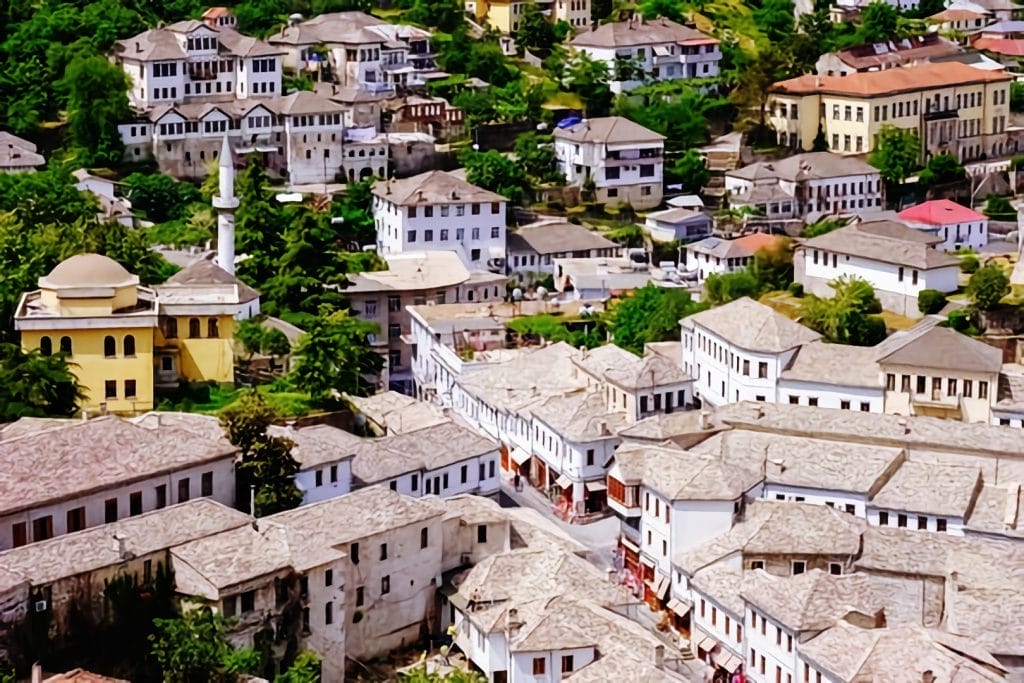
Traditional Food and Festivities
Gjirokastër prides itself on mouthwatering local cuisine. Regional specialties integrate the town’s agricultural bounty, featuring skewers, stuffed peppers, hearty stews served in earthenware, local cheeses, homemade bread, and sweet figs. Traditional recipes have been passed down for generations.
The town is also known for its vibrant festivals, filling the streets with music, dancing, and color. Events range from religious celebrations to folk music gatherings and boisterous Pazari i Ri, marked with costume parades each October. Locals don traditional garb, playing classic songs on the çifteli lute and pipes.
Gjirokastër’s friendly hospitality shines through such spirited gatherings that visitors are warmly welcomed to observe or directly join. The cultural events encapsulate the soul of the town.
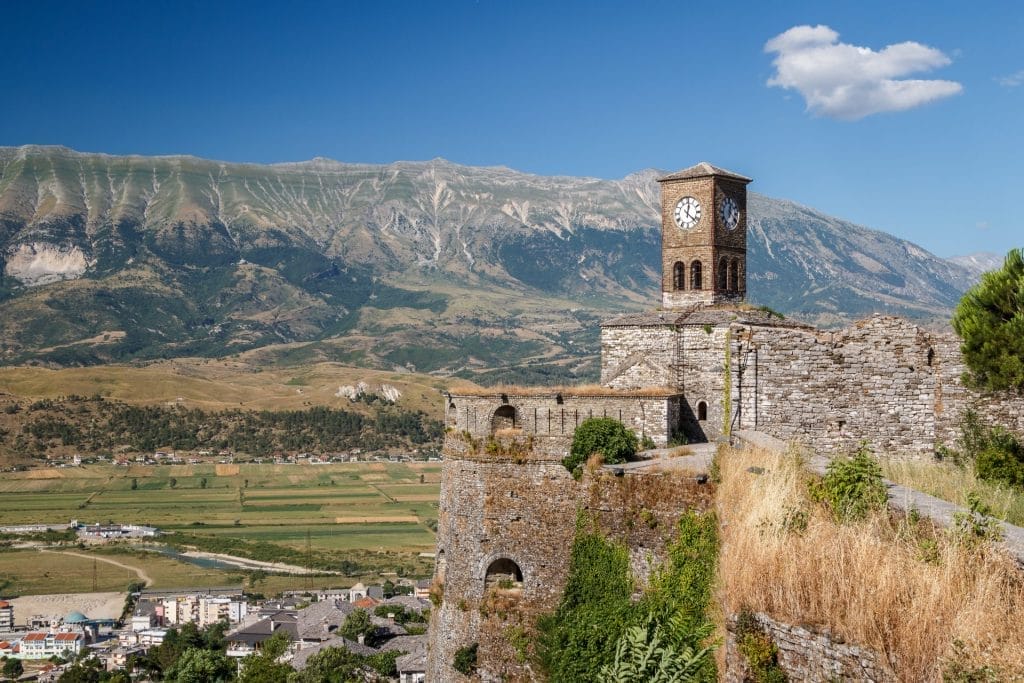
An Emerging Creative Pulse
While immersed in history, Gjirokastër embraces fresh infusions of art, ideas, and stamina. Once called the ‘City of Culture,’ its past intellectual dynamism resurfaces through new galleries, performance spaces, educational events, and collaborations.
The town now hosts annual literature fairs, art exhibits, ethnographic workshops, theatre, and conceptual installations in repurposed buildings. Many events manifest at Zekate House – an imaginatively restored former Communist cooperative turned multicultural venue and bed & breakfast operated by local artists.
As young Albanians rediscover Gjirokastër’s inspirational atmosphere, the town promises to flourish through these creative investments, breathing new life into its instructed streets.
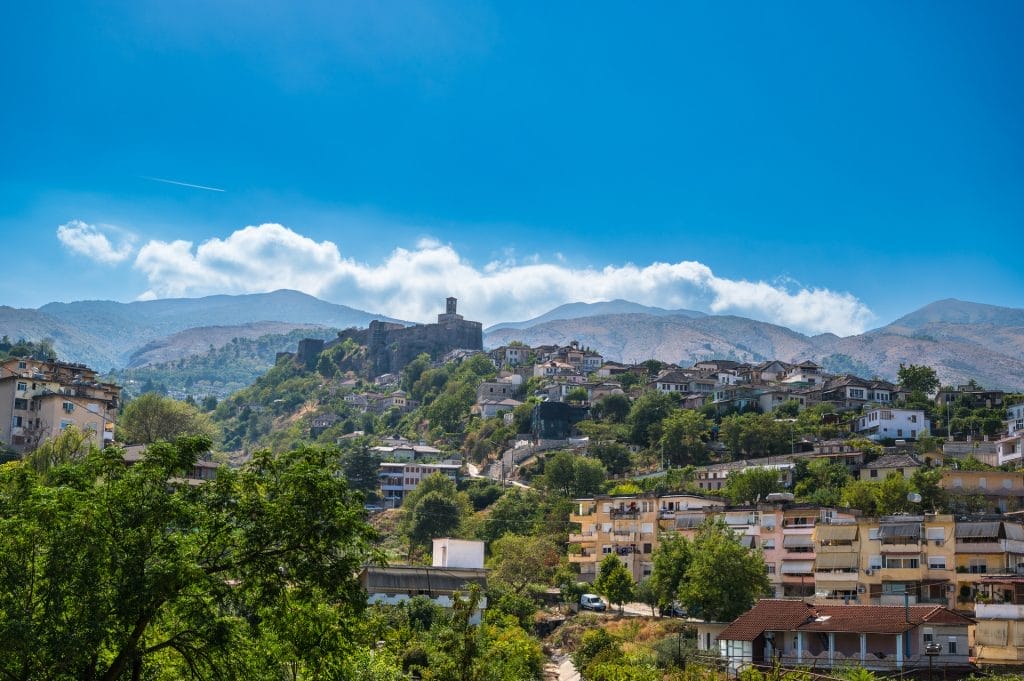
Discover this Hidden Treasure
Gjirokastër’s sublime setting, living Ottoman inheritance, and revived creative edge make it an essential, offbeat gem for travelers seeking an authentic immersion in Albania’s cultural spirit. As one of Europe’s most intact Ottoman towns, it remains relatively untainted by tourism.
Yet, with growing artistic buzz and improved infrastructure, the town eagerly welcomes visitors to become enchanted by its past charms and promising future. A journey here unveils the real Albania.
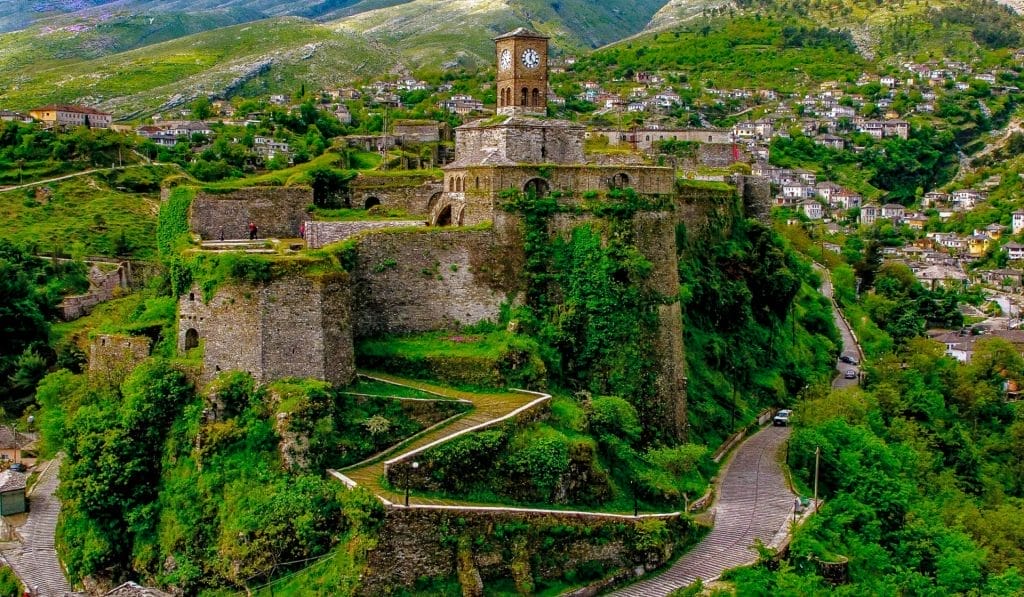
Planning Your Visit
Fly into Greece’s Corfu Airport, then ferry to Sarandë and bus to Gjirokastër. Or take a direct bus from Albania’s capital, Tirana. Once there, the small historic center is easily walkable. But taxis, guided tours, or renting a car allow further exploration.
Stay in an Ottoman mansion converted into an intimate hotel, or opt for a contemporary hotel’s modern amenities. Visit between spring and fall when Gjirokastër’s weather is ideal for reveling in this stunning city.





